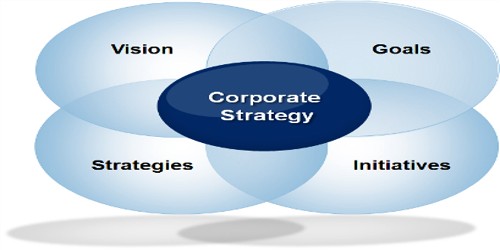Corporate strategy is the overall managerial game plan for a diversified company. It extends company-wide. It concerns how a diversified company intends to establish business positions in different industries.
Followings are the characteristics associated with the three broad corporate strategies:
- Cost Leadership:
In cost leadership, a firm sets out to become the low-cost producer in its industry. The sources of cost advantage are varied and depend on the structure of the industry. They may include the pursuit of economies of scale, proprietary technology, and preferential access to raw materials and other factors. A low-cost producer must find and exploit all sources of cost advantage if a firm can achieve and sustain overall cost leadership, then it will be an above average performer in its industry, provided it can command prices at or near the industry average.
- Differentiation:
In a differentiation strategy, a firm seeks to be unique in its industry along with some dimensions that are widely valued by buyers. It selects one or more attributes that many buyers in an industry perceived as important and uniquely positions it to meet those needs. It is rewarded for its uniqueness at a premium price.
- Focus:
The generic strategy of focus rests on the choice of a narrow competitive scope within an industry. The focuser selects a segment or group of segments in the industry and tailors its strategy to serving them to the exclusion of others.
The focus strategy has two variants.
A focused (or market niche) strategy based on low costs concentrating on a narrow buyer segment and outcompeting rivals by having lower costs than rivals and thus being able to serve niche members at a lower price.
A focused (or market niche) strategy based on differentiation, concentrating on a narrow buyer segment and outcompeting rivals by offering niche members customized attributes that meet their tastes and. requirements better than rivals products.















